Categories: Electrical Reviews
Number of views: 12318
Comments on the article: 0
Pulse protection device
Modern household appliances often have built-in surge protection in their power supplies, however, the resource of typical solutions on varistors is limited to a maximum of 30 tripping cases, and even then if the current in an emergency does not exceed 10 kA. Sooner or later, the protection built into the device can fail, and devices that are not protected from overvoltage will simply fail and bring a lot of trouble to their owners. Meanwhile, the causes of dangerous surge surges can be: a thunderstorm, repair work, surge during switching of powerful reactive loads, and you never know what else.
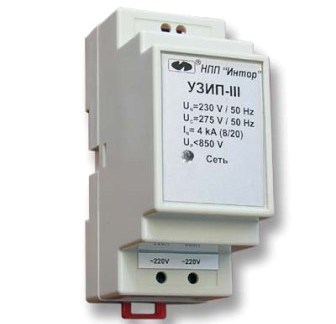
To prevent such unpleasant situations, surge protection devices (abbreviated as SPD) are designed that take on an emergency overvoltage pulse, preventing it from disabling electrical devices connected to the network.
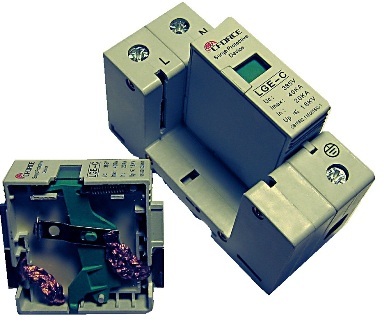
The principle of operation of the SPD is quite simple: in normal mode, the current inside the device flows through a conductive shunt, and then through the load connected at that moment to the network; but between the shunt and the ground there is a protective element - a varistor or arrester, whose resistance in the normal mode is megaohms, and if an overvoltage suddenly arises, the protective element will instantly go into a conducting state, and the current will rush through it to ground.
At the moment of operation of the SPD, the resistance in the phase-zero loop will decrease to critical, and household appliances will be saved, because the line will be almost bypassed through the protective element of the SPD. When the voltage in the line is stabilized, the protective element of the SPD will again go into a non-conductive state, and the current to the load will again flow through the shunt.
Three classes of surge protection devices exist and are widely distributed:
-
Class I SPD
-
Class II SPD
-
Class III SPD
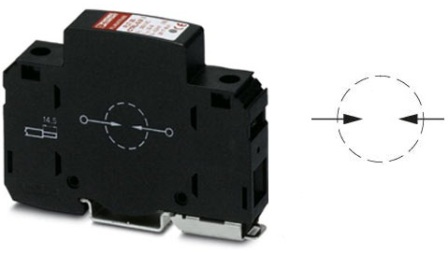
Class I protection devices are designed to protect against surge pulses with a wave characteristic of 10/350 μs, which means that the maximum allowable rise time of a surge pulse to a maximum and a fall to a nominal value should not exceed 10 and 350 microseconds, respectively; in this case, a short-term current of 25 to 100 kA is permissible, such pulsed currents occur during a lightning discharge when it enters a power line at a distance closer than 1.5 km to the consumer.

Devices of this class are carried out on arresters, and their installation is carried out in the main switchboard or input-distribution device at the entrance to the building.
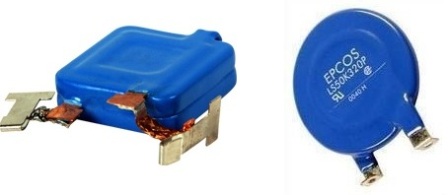
Class II SPDs are designed to protect against short-term impulse noise, and are installed in switchboards. They are able to provide protection against overvoltage pulses with parameters of 8/20 μs, with a current strength of 10 to 40 kA. In the SPD of this class, varistors are used.
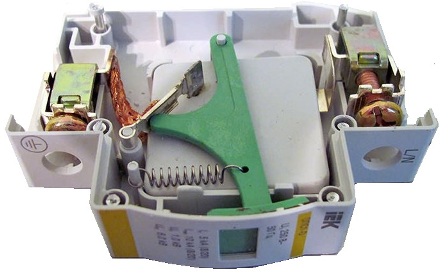
Since the varistor resource is limited, a mechanical fuse has been added to the SPD design based on them, which simply dissolves the shunt from the varistor when its resistance ceases to be adequate to a safe protective mode. This, in fact, is thermal protection that protects the device from overheating and fire. On the front of the module there is a color indicator associated with the fuse, its status, and if the varistor needs to be replaced, then this can easily be understood.
Class III SPDs are similarly arranged, with the only difference being that the maximum current of the internal varistor should not exceed 10 kA.
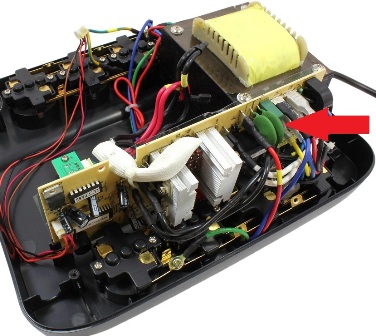
The traditional impulse protection circuits built into household appliances have the same parameters, however, when duplicating them with an external Class III surge protective device, the likelihood of premature equipment failure is minimized.
In fairness, it is worth noting that for reliable protection of equipment it is important to establish SPDs of both I, II and III protection classes. This must be observed, since a powerful class I surge protector will not work with short pulses of low overvoltage simply because of its low sensitivity, and a less powerful one will not cope with the high current that a class I surge protector can handle.
See also at bgv.electricianexp.com
:
